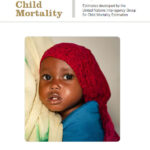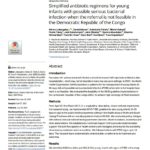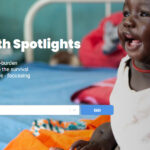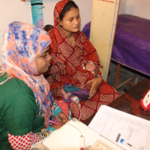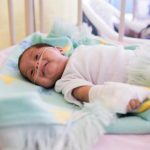Childhood pneumonia is arguably the world’s single most neglected disease. Every year, the illness claims the lives of some 800,000 children, making it the single biggest killer of children. That shocking figure – a life lost every 39 seconds – is falling more slowly than for other major killers, and too slowly for the world to achieve the Sustainable Development Goal (SDG) of an end to preventable child deaths.
Pneumonia is one of the serious infectious diseases leading to newborn death. The greatest risk of death from pneumonia in childhood is actually during the neonatal period. It is estimated that pneumonia contributes to ~190,000 neonatal deaths annually, accounting for 3% of global under-5 child mortality.
Etiology of pneumonia among newborn varies widely because of several modes of acquisition of infecting agents. A newborn may develop pneumonia in utero as a part of a congenital infection; however, more often, neonates are exposed to potential pathogens in the perinatal and postnatal periods. The management of neonates with pneumonia should include diagnostic evaluation and evidence-based treatment.
8
percentage of neonatal deaths caused by pneumonia
All data on this page represents the most recent data available, unless otherwise noted. Please visit our Newborn Numbers page and download the Excel spreadsheet to explore the data further.
Management of possible serious bacterial infection in newborns and young infants, including pneumonia
The latest 2019 Integrated Management of Childhood Illness (IMCI): management of the sick young infant aged up to 2 months, chart booklet by WHO includes diagnosis and management of serious infection in newborns and young infants 0-59 days. This change enables the management of serious newborns infections (e.g., possible serious bacterial infection, PSBI) to be integrated with IMCI outpatient management of illnesses in older infants and children up to the age of 5 years. Previously, IMNCI guidelines did not include newborns and young infants 0-59 days. With these changes, health systems – including health workers, drugs and commodities, mentoring, monitoring/supervision, and data use for quality improvement can be a part of a more sustainable, effective, and efficient integrated system to care for ill newborns and young children. The current guidelines call for outpatient treatment of uncomplicated pneumonia with seven (7) days of amoxicillin without referral for hospital-based treatment.
While many or most cases of pneumonia in newborns and young infants commonly have viral, and fewer bacterial etiologies, and almost all of these present as milder disease and can be managed in outpatient settings, there are always cases of vertical transmission and acquired serious bacterial infection from home and community. These present with serious complications of pneumonia that require hospitalization. Often supportive care, such as supplemental oxygen or possibly continuous positive airway pressure (CPAP), guided by pulse oximetry, are necessary to prevent the most serious mortality and morbidity outcomes, in addition to injectable antibiotics.
Key Resources
- Progress on Childhood Pneumonia 2017-2021 (Save the Children)
- Community-based amoxicillin treatment for fast breathing pneumonia in young infants 7–59 days old: a cluster randomised trial in rural Bangladesh, Ethiopia, India and Malawi (2021)
- Integrated Management of Childhood Illness (IMCI): management of the sick young infant aged up to 2 months, chart booklet (2019)
- Safe and effective oxygen use for inpatient care of newborns (2019)
- Respiratory Distress in the Newborn (2014)
